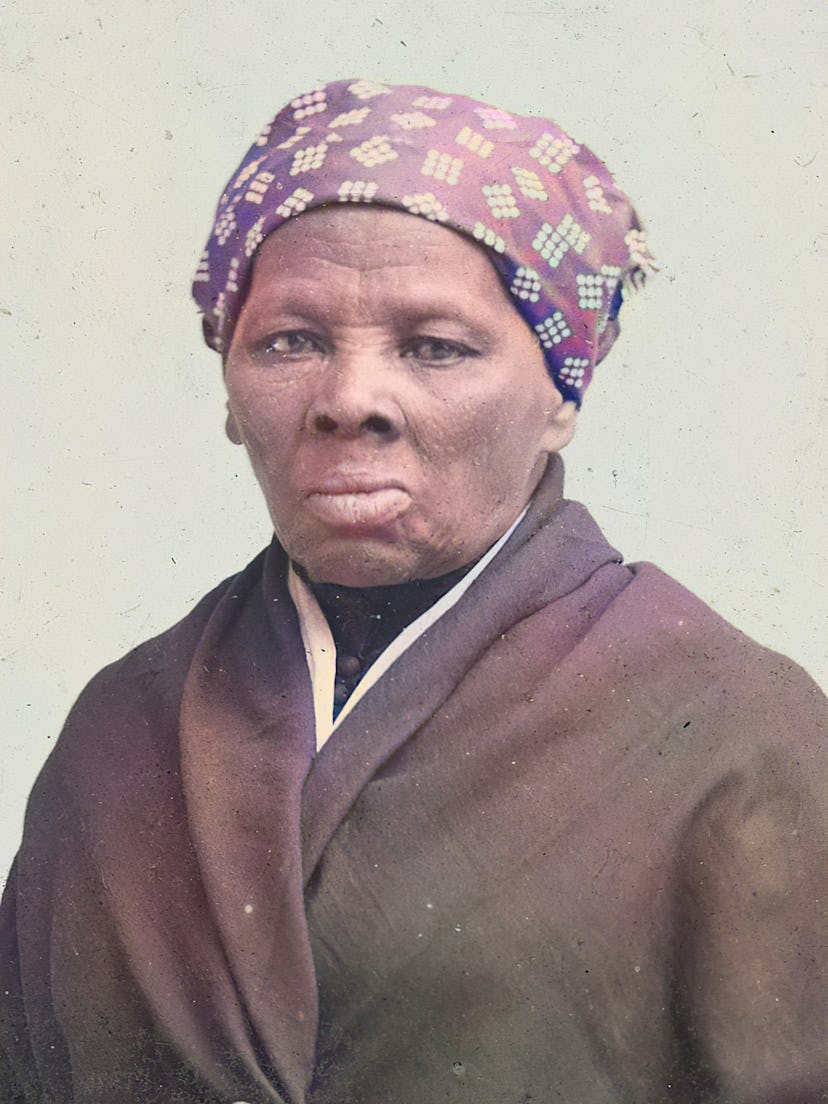Rule Breakers
A Brief History Of The Push For Harriet Tubman On The $20
The Biden administration aims to fast-track the process.

Elizabeth Fernandez/Moment/Getty Images
In 2016, during President Obama's second term, Treasury Secretary Jacob Lew announced an initiative to put nineteenth-century abolitionist Harriet Tubman on the $20 bill, replacing a portrait of President Andrew Jackson.
Chip Somodevilla/Getty Images News/Getty Images
Initial designs for the new bill were completed in 2016, and feature Tubman smiling softly, wearing a collared coat and white scarf. A statue of Jackson would be depicted on the back of the bill.
Joe Raedle/Getty Images News/Getty Images
At the time, Donald Trump — then a Republican candidate for the presidency — opposed the initiative, calling it "pure political correctness." (After assuming office, President Trump embraced Jackson as a political role model, hanging his portrait in the Oval Office and celebrating his birthday in Tennessee.)
ALEX WONG/AFP/Getty Images
In 2019, the Trump administration's treasury secretary, Steven Mnuchin, officially halted the process, claiming a new design wouldn't be possible until at least 2028 because of security and technical issues.
Keith Lance/DigitalVision Vectors/Getty Images
Despite Trump's affinity to Jackson, the former president is not remembered fondly. In addition to owning enslaved people, the Cherokee people refer to him as "Indian Killer," since he fatally forced Native Americans off their land in the mid-century Trail of Tears.
NICHOLAS KAMM/AFP/Getty Images
But just days after Joe Biden took office, his administration announced plans to relaunch the initiative. (Treasury Secretary Janet Yellen hasn't yet specified a new release date.)
Smith Collection/Gado/Archive Photos/Getty Images
Earlier this month, a descendant of Tubman's, Atlanta-based Rita Daniels, said that getting Tubman on the $20 is more important than ever, especially after the Trump administration.